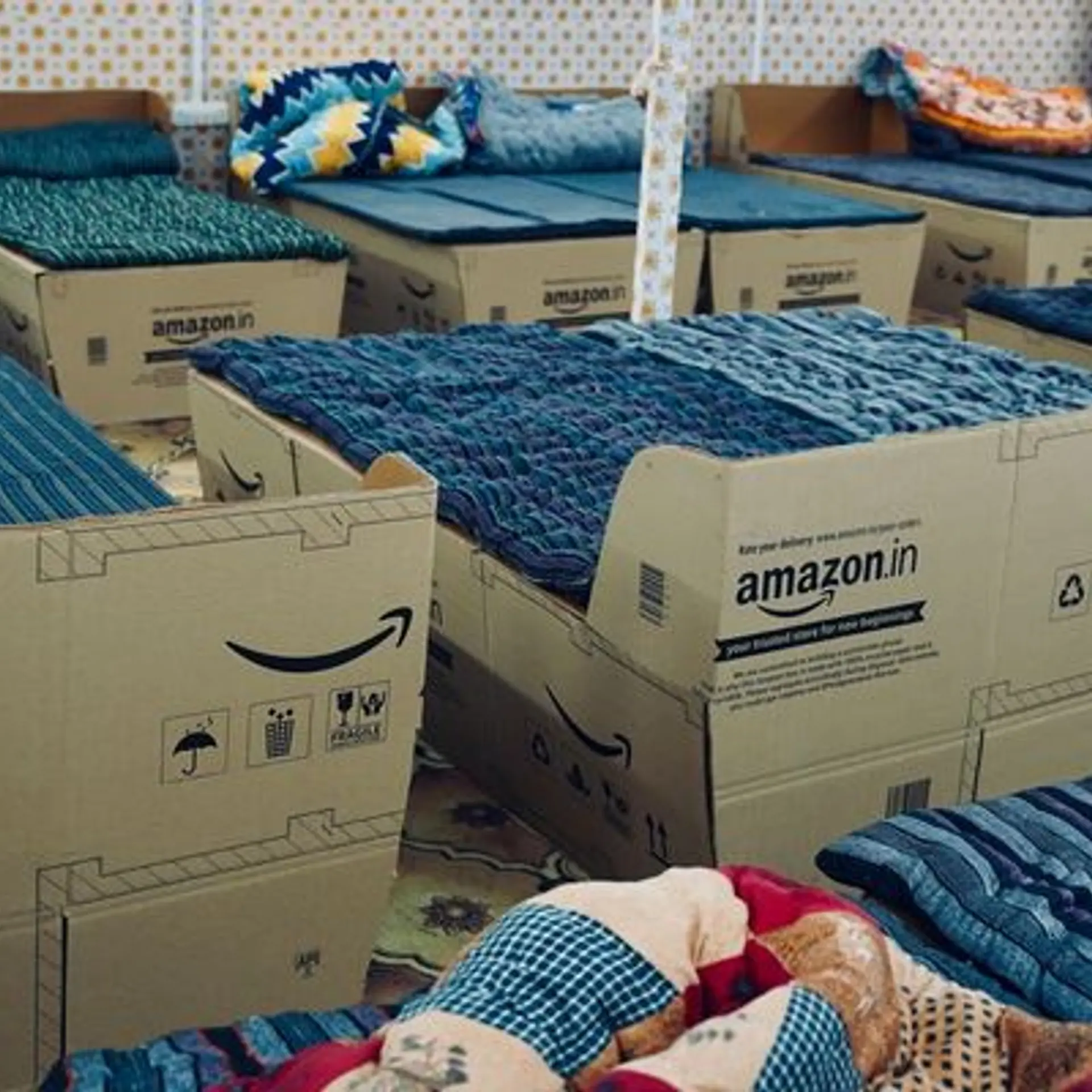900 artworks, 270 artists, 2 cities – how Goa Affordable Art Festival promotes creative talent
In Part II of our photo essay on GAAF, we feature more artworks along with founder insights on why government must support art, particularly in times of crisis. A selection of these works was also brought to Bengaluru by the RMZ Foundation.
Launched in 2014, PhotoSparks is a weekly feature from YourStory, with photographs that celebrate the spirit of creativity and innovation. In the earlier 465 posts, we featured an art festival, cartoon gallery. world music festival, telecom expo, millets fair, climate change expo, wildlife conference, startup festival, Diwali rangoli, and jazz festival.
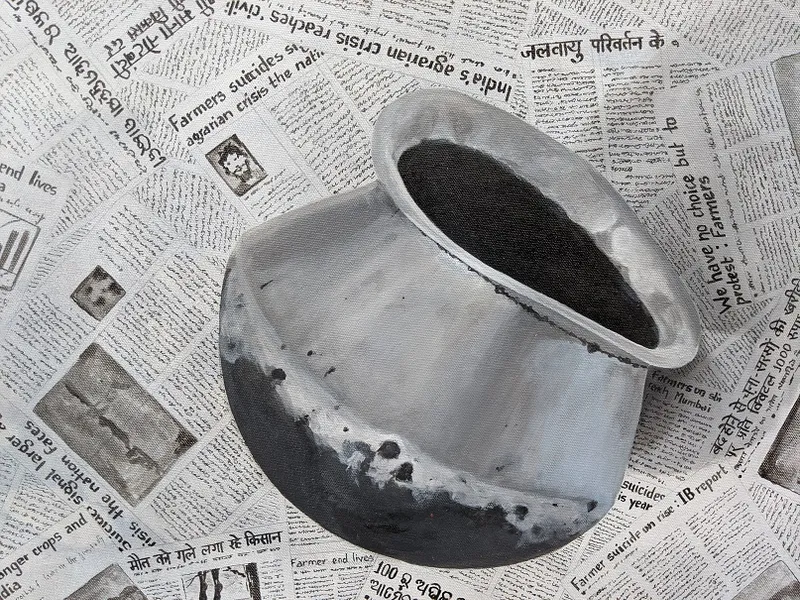
The Goa Affordable Art Festival (GAAF) recently held its third edition at the Museum of Goa. The RMZ Foundation brought a selection of these artworks to Bengaluru’s RMZ Ecoworld Gallery last month.
“Art helps you become more plural as a person, it makes you more humane. It helps you nurture multiple points of views and interpretations,” explains GAAF co-founder Dr Subodh Kerkar, in a chat with YourStory (see Part I of the interview here).
“With art, you are at peace with the world and with yourself,” he adds. Subodh is also the Founding Director of the Museum of Goa, which is the venue of GAAF.
His son and daughter are active in the art field as well. While Siddharth is the Founder of GAAF, Sharada runs the administration system for the museum, Subodh proudly says.
Exhibiting artists at GAAF, some of whose works are featured in this photo essay, include Sitikanta Samantsinghar, Sanjeev Mirajkar, Kattakuri Ravi, MP Sharavanan, Sonal Varshneya, Arnab Ghosal, Kshitij Jadhav, Adarsh Baji, Meena Pathak, Sagar Naik Mule, Pavan, Gurjeet Singh, Vernika Singh, and Meena Sansanwal.
(Note: These photographs were taken before the national lockdown due to the coronavirus, and the visit to the gallery was not in violation of any public safety guidelines. In future editions of this column, we will explore the response of the artistic community to the COVID-19 crisis.)
Some of the displayed artworks are priced from Rs 10,000 to Rs 1.3 lakh. In Part III and Part IV of this article series, we will feature the selection displayed at RMZ Ecoworld in Bengaluru, along with insights from Anu Menda, Managing Trustee, RMZ Foundation.
Art trends in India
A number of art festivals and fairs are emerging in India, connecting more artists to more audiences. “The Kochi Biennale is one of the best things to happen to Indian contemporary art. It attracts thousands of artists and visitors, from fishermen to professors,” Subodh says. See YourStory’s six-part coverage of Kochi Biennale 2018-2019 here.
The annual India Art Fair in New Delhi is also a high-profile event, Subodh adds, though the high cost of booths (Rs 7 lakh to Rs 8 lakh for three days) mostly favours established artists. See our five-part coverage of India Art Fair 2020 here.
Subodh feels art is quite affordable for individuals and corporates. “Those people who are willing to pay up to Rs 75,000 for a smartphone, can buy art as well. For corporates, paying Rs 10,000 to Rs 30,000 for a work of art is affordable,” he says.
Subodh also calls for more integrated approaches to art education, instead of separating the practices like painting, sculpture, and photography. He has taught art courses at Goa University as well, and held talks and workshops at the Museum of Goa. He also strongly recommends reading the book, Art: The Basis of Education by Devi Prasad.
Art brings solace and livelihood to society, but artists are facing tremendous challenges in these times of crisis. Public policy and government support of art are therefore important in India.
“In earlier days, Indian royalty had a fine eye for the arts, and were patrons of art. Just look at Hampi,” Subodh explains.
Message to artists
“India has a long tradition of arts and crafts. For tribal communities, there is no distinction between these two. They live art. Art is integrated into their work, homes, songs, and dances,” Subodh explains. “That’s how art should be, it is much more than just leisure,” he adds.
“There is lots of artistic expertise and talent in India. There is huge creativity, but less opportunity,” he emphasises. A trend he observes is the rise of the internet as an awareness and marketing platform for the artistic community.
“In the artistic experience, the artist presents only one half of the truth – the other half is with the audience,” Subodh explains. He also offers words of advice for aspiring artists.
“Breathe art. Be clear on your path, be sincere to it. Look at art as beyond a transaction. Money should be the byproduct, not objective, of art,” Subodh signs off.
Now, what have you done today to pause in your busy schedule and truly explore your creative core?
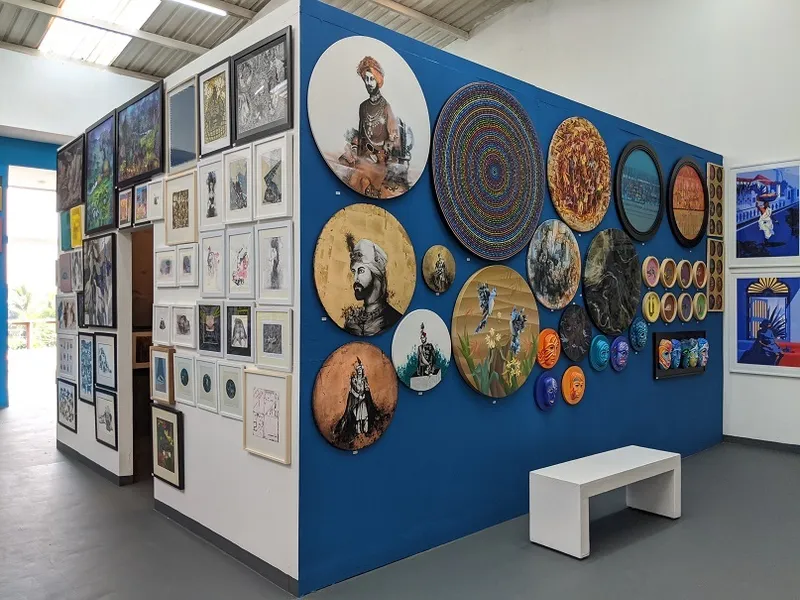
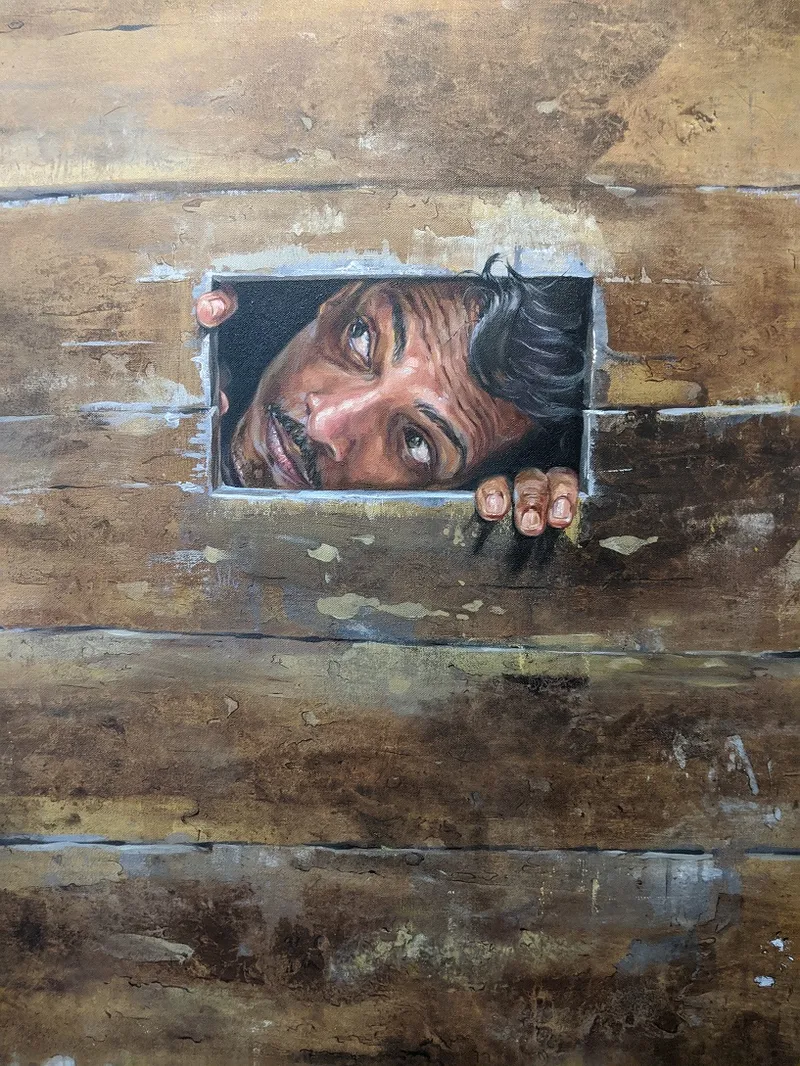
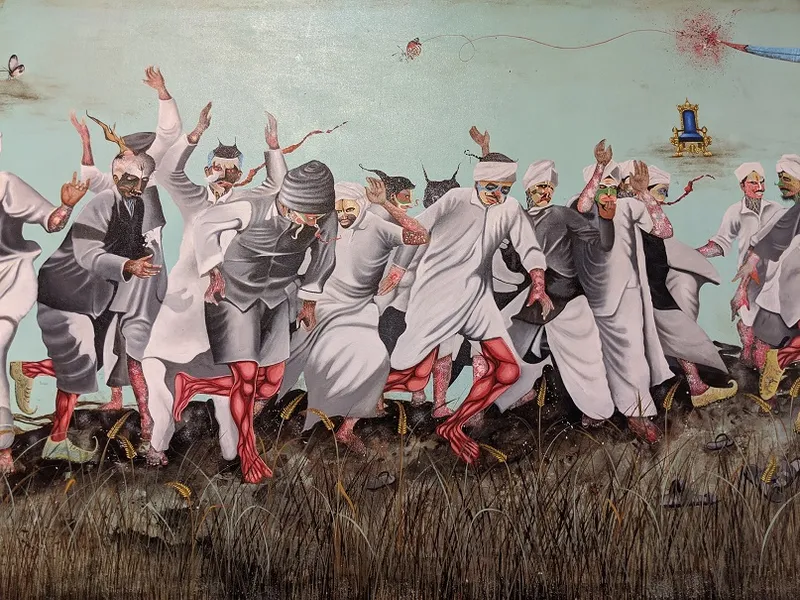
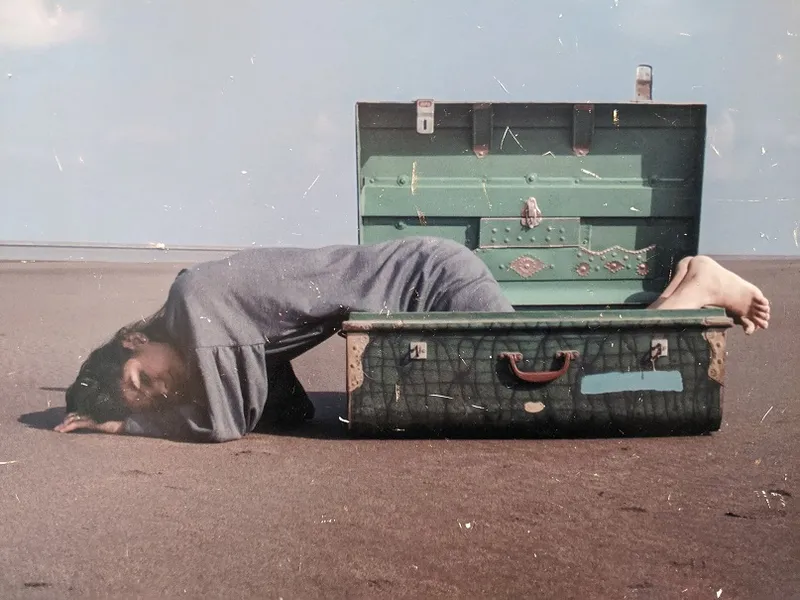

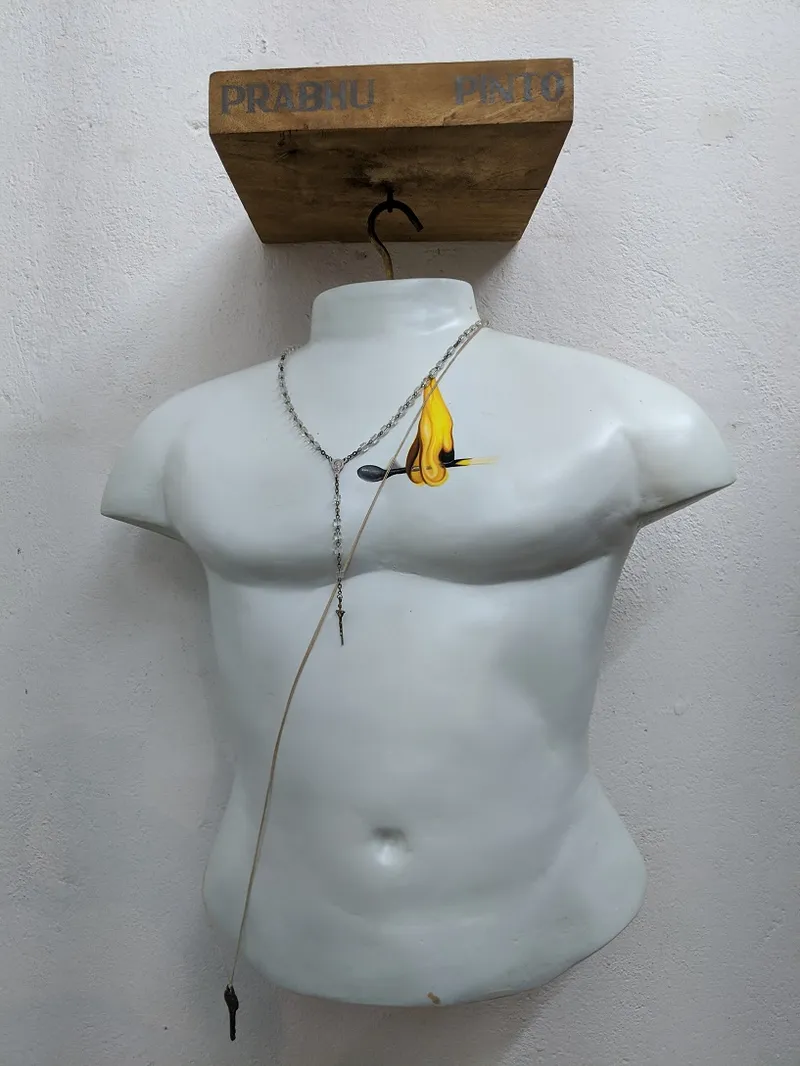
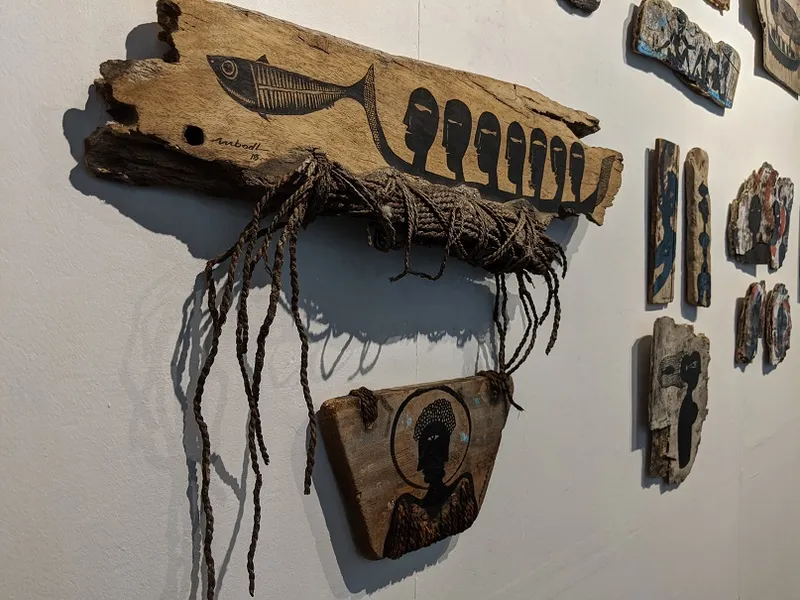
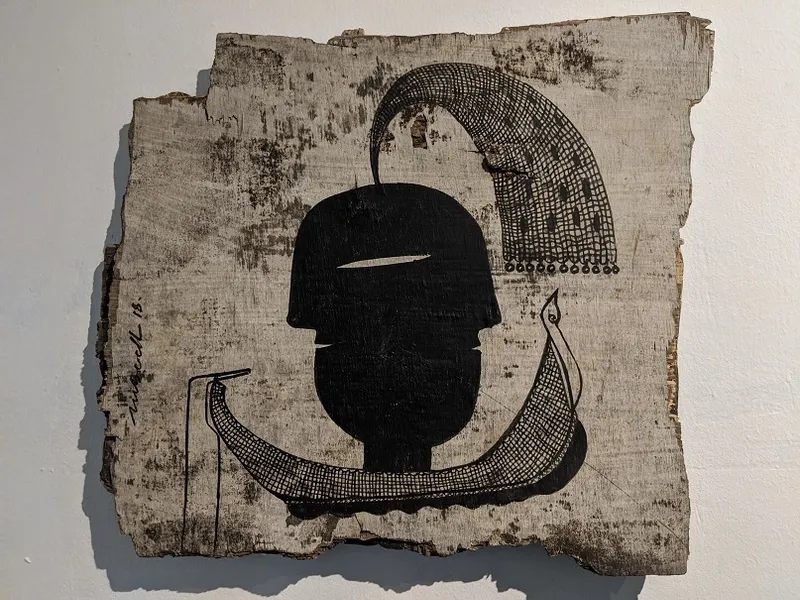
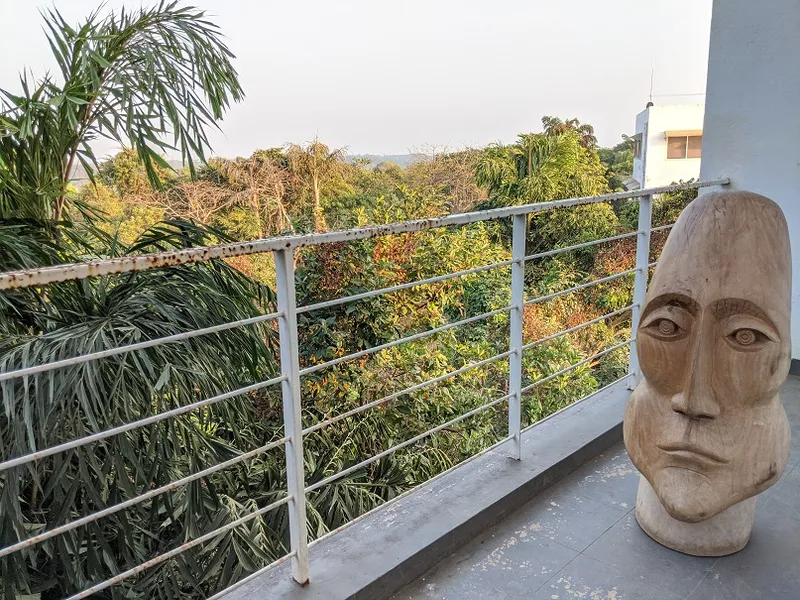

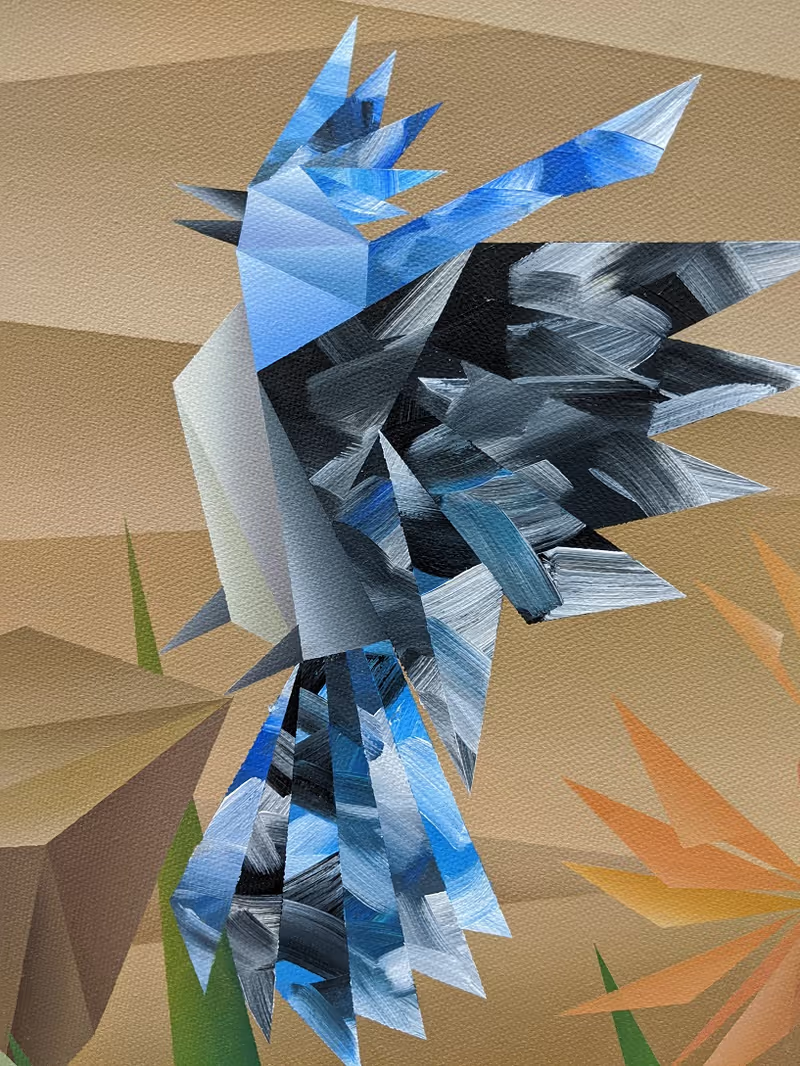
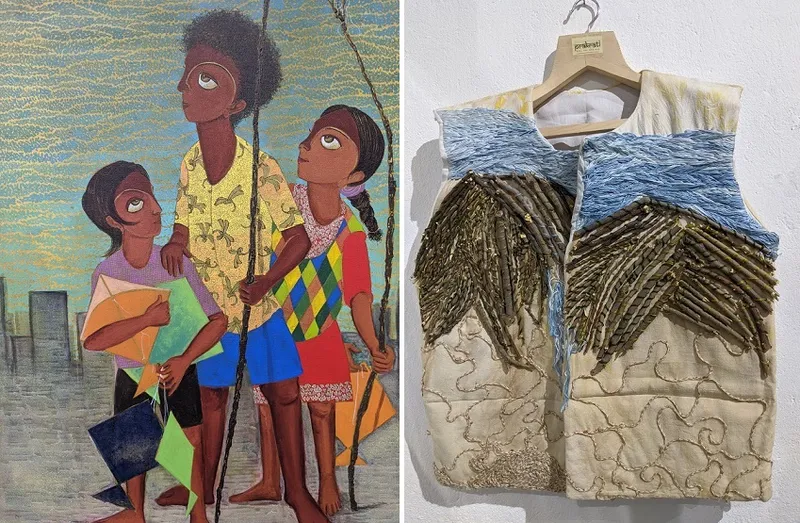
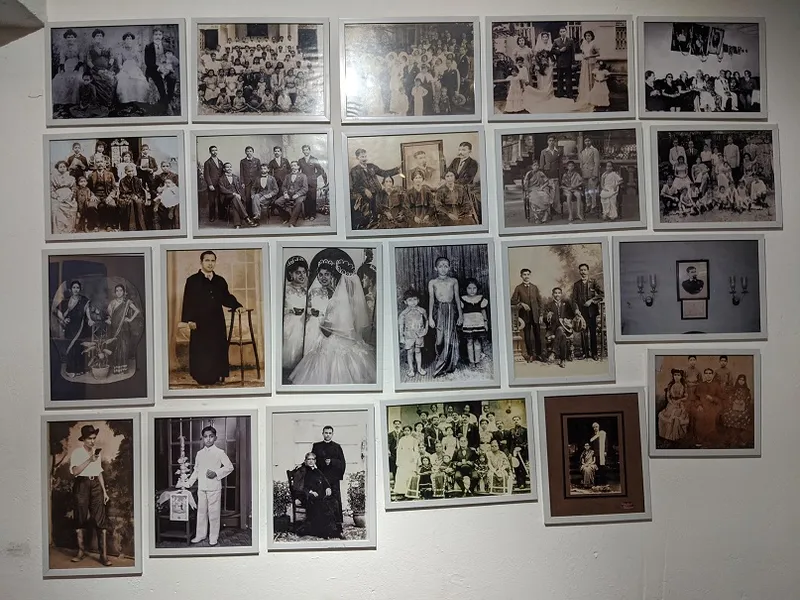
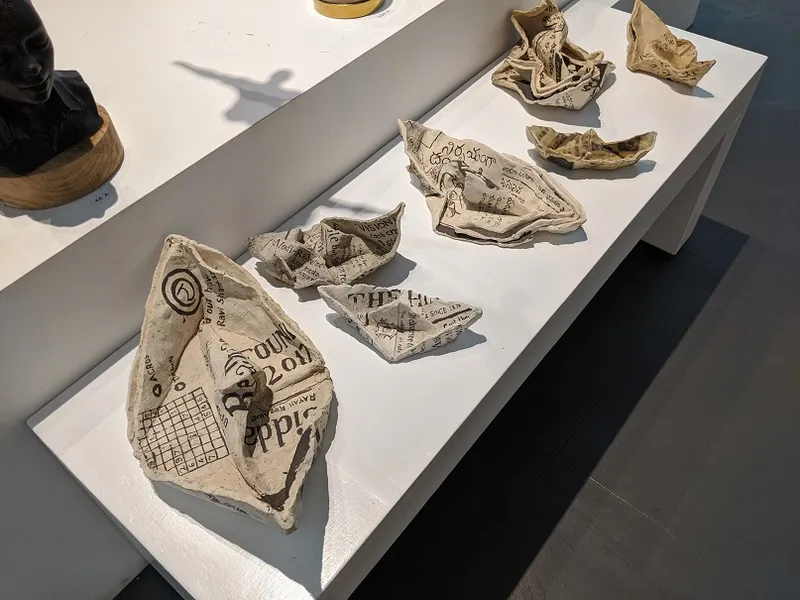
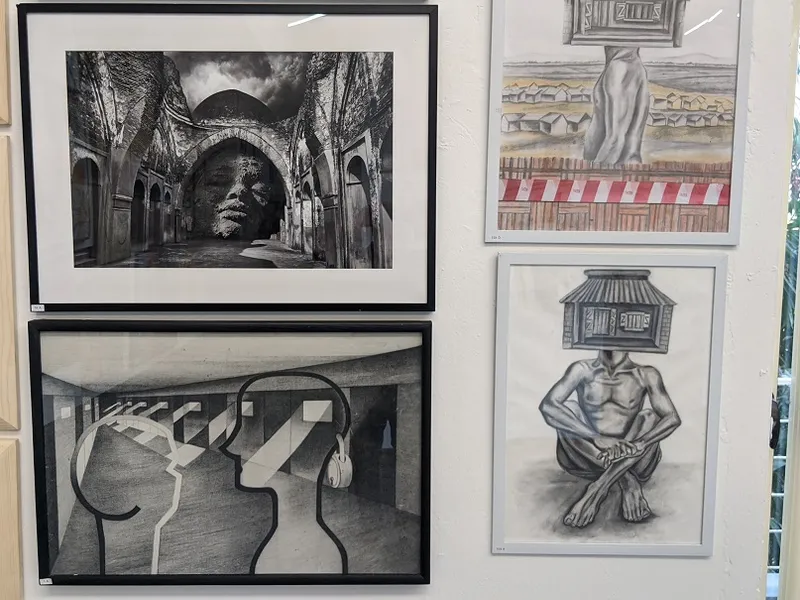
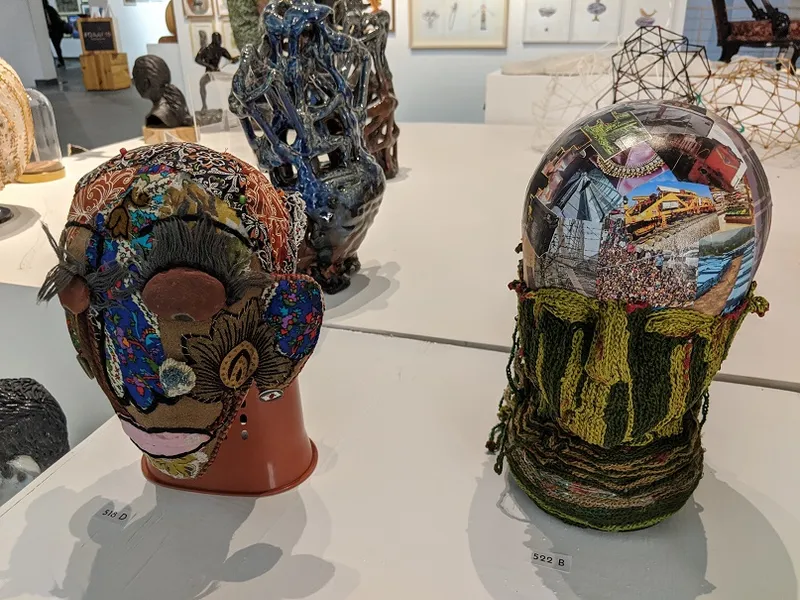

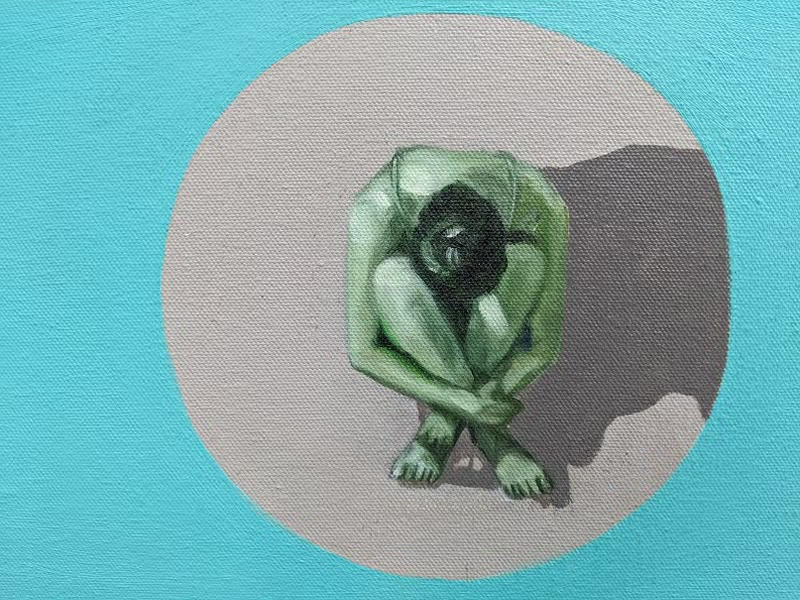
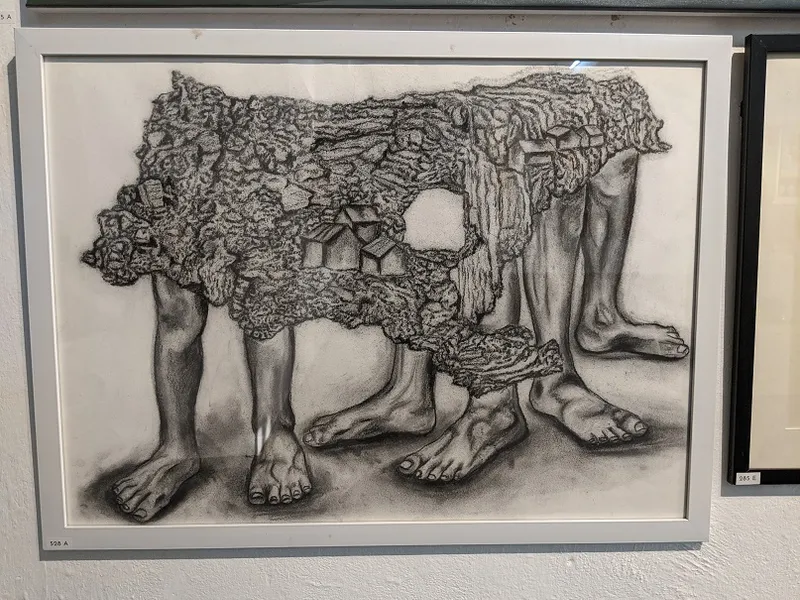
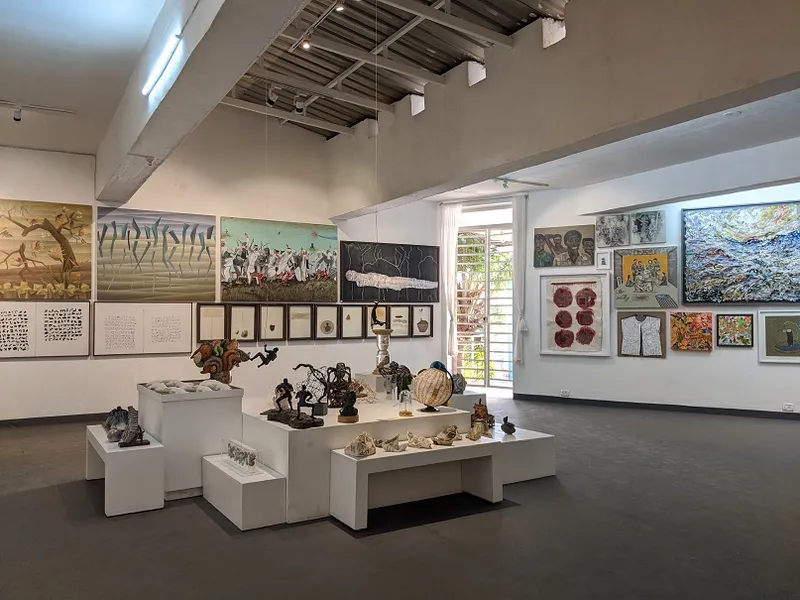

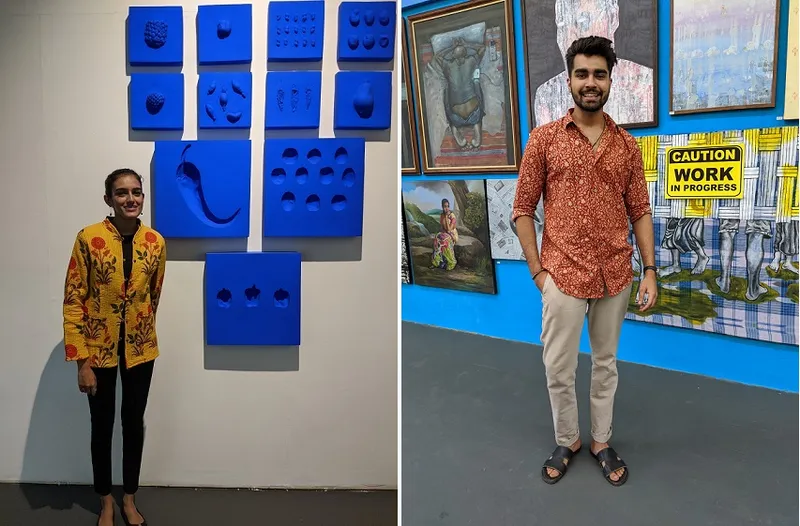
Sharada Kerkar (L), Siddharth Kerkar (R)
Got a creative photograph to share? Email us at PhotoSparks@YourStory.com!
See also the YourStory pocketbook ‘Proverbs and Quotes for Entrepreneurs: A World of Inspiration for Startups,’ accessible as apps for Apple and Android devices.






